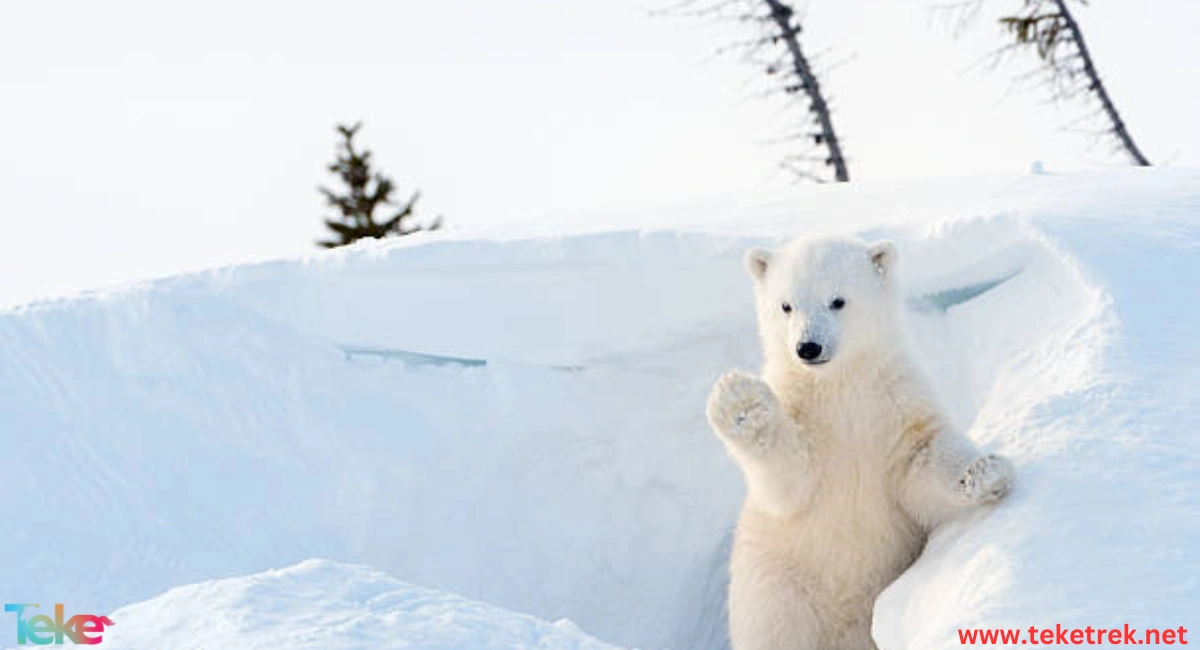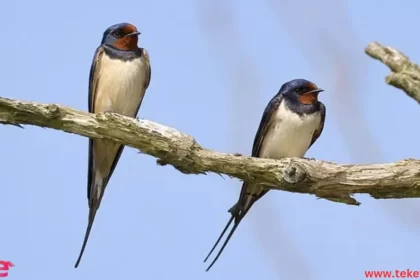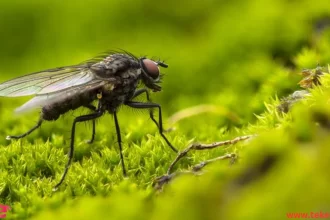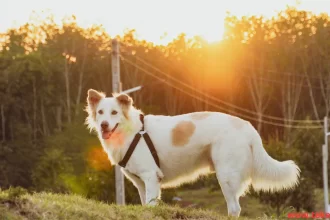Wildlife in Winter: The Struggle for Survival Amid the Ice is one of the most fascinating natural phenomena. Wild animals face immense challenges to survive during the winter season, as environmental conditions change dramatically. These creatures rely on various strategies to adapt to freezing temperatures and heavy snow, reflecting their continuous struggle for survival. Studying wildlife in winter not only helps us understand their behaviors but also sheds light on how these changes affect the overall ecological balance. By exploring these challenges, we gain valuable insights into how climatic factors impact wildlife, emphasizing the importance of preserving these fragile ecosystems.
How Do Animals Prepare for Winter?
As winter approaches, animals adapt to the environmental changes of the season, employing diverse survival strategies based on their species:

Food Storage and Behavioral Changes
Facing the challenges of winter, some animals resort to storing large quantities of food before the cold season begins. Squirrels, for example, actively collect nuts and seeds, hiding them in secret locations for later use. Other species increase their body weight by storing food as fat to sustain them through the season.
Additionally, some animals change their behavior and enter hibernation as a response to their inability to adapt to the cold. Bears, reptiles, and amphibians lower their body temperature and metabolic rate during hibernation.
Migration to Warmer Areas
Migration to warmer regions is one of the most notable behaviors animals exhibit to prepare for winter, demonstrating their ability to adapt to environmental changes. With falling temperatures and declining food resources, many species migrate in search of better conditions.
Birds serve as a prime example, traveling long distances to warmer areas during winter. This migration is not just a journey but a complete lifestyle adjustment, enabling them to access abundant food sources and moderate temperatures.
In short, migration is a crucial strategy in the lives of wild animals during winter, helping them survive harsh environments
Fur Changes
Some animals, such as deer and foxes, grow thick fur as an effective strategy to combat winter’s challenges. This additional layer of fur helps maintain body warmth in freezing temperatures. Additionally, their fur color often changes to blend with their surroundings—for example, snow hares change from brown to white to camouflage and protect themselves from predators.
Animals that hibernate in winter
What is Hibernation?
Hibernation is a physiological state some wild animals enter during winter to ensure survival and conserve energy. Triggered by freezing temperatures and scarce food, it leads to a significant drop in metabolic rates and body temperature, which can reach near freezing levels.
During hibernation, heart rates can drop to as low as four beats per minute, and breathing slows significantly. Contrary to popular belief, hibernation is not continuous sleep. Animals may wake up periodically to meet basic needs like drinking water or relieving themselves.
Key examples of animals that hibernate deeply include squirrels and groundhogs, while lighter hibernators include deer mice and black bears.
Read also: Fun Winter Activities for Animals: What do some animals do in the winter?
How Does Hibernation Save Energy?
Hibernation allows wild animals to survive harsh winters by conserving energy. By slowing their metabolism, animals minimize energy consumption, reducing heart rate, breathing, and body temperature. This adaptation is essential for surviving the difficult environmental conditions of winter.
Wildlife in the Coldest Places on Earth
In the coldest regions of the planet, animals like wolves and foxes remain active throughout winter. Wolves use group hunting strategies to increase their chances of finding food, while foxes rely on their agility and intelligence to hunt small prey like rodents hidden under the snow.
Innovative Food Searching Techniques
Wild animals employ innovative methods to find food. For instance, foxes use their keen hearing to locate prey under the snow, while wolves track the footprints of other animals to identify potential food sources.
Read also: Tasmanian Devil: The Fiercest and Smallest Carnivore
The Role of Thick Fur and Body Fat
Thick fur acts as an effective insulator, retaining body heat in extreme cold. Additionally, fat layers beneath the skin provide extra warmth, enabling animals to withstand harsh temperatures without losing energy. Examples include reindeer, penguins, and polar bears.
Social Behavior in Winter
Social cooperation is vital for some species, like wolves, which hunt in groups to improve their chances of securing food and protecting themselves from predators. Other examples include ducks, which form flocks to retain body heat, and seals, which gather in warm areas to minimize exposure to the cold.
Wildlife in winter showcases how unique adaptations—like thick fur, hibernation, and social cooperation—play essential roles in their survival. These adaptations are not mere responses to climatic conditions but sophisticated strategies ensuring the survival and diversity of wild species. Protecting the environment is crucial for maintaining this biodiversity. Preserving these animals’ habitats and ensuring their sustainability contribute significantly to the ecological balance. Therefore, we must work collectively to protect the environment, ensuring the survival of wildlife in winter and preserving these species as integral parts of our planet.

FAQs
How do animals survive in the winter?
- Animals adopt various strategies, including:
- Hibernation, like bears and squirrels, where they lower physical activity and reduce food needs.
- Migration to warmer areas with better food supplies, like birds and deer.
- Food storage, like squirrels gathering food in autumn for winter.
- Seeking sheltered places, like caves or underground burrows.
What do wild animals do in winter?
They employ strategies such as:
- Hibernation.
- Migration.
- Food storage.
- Behavioral changes.
- Fur adaptation.
What animals are most active in winter?
- Wolves: They hunt in packs and search for prey like deer.
- Foxes: They actively hunt small prey like rabbits.
Is winter miserable for wildlife?
Yes, winter poses significant challenges, such as extreme cold, scarce food, and survival difficulties. Animals either migrate, hibernate, or adapt to overcome these conditions.
Can wildlife get too cold in winter?
Yes, animals are affected by extreme cold, influencing their behaviors and adaptation strategies.





